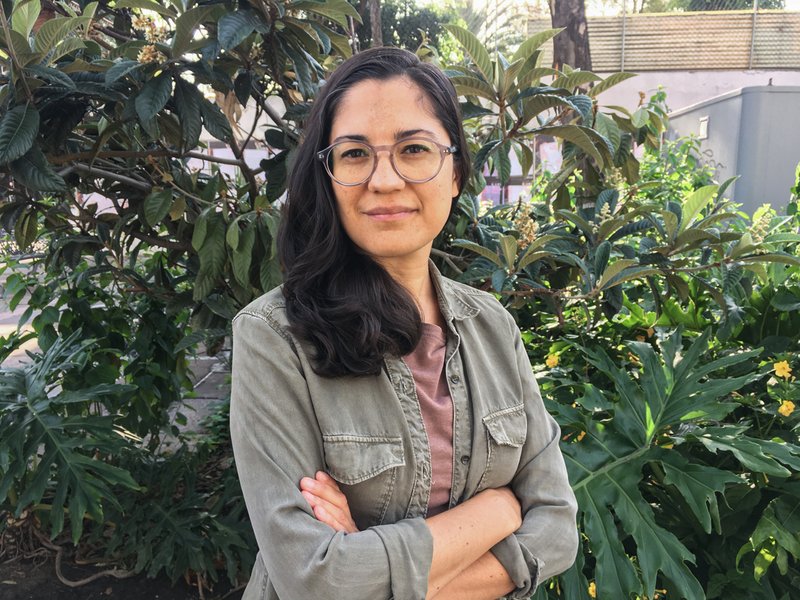Pamela Desjardins

In 2022, 41 contemporary art curators, researchers, and museum directors from 24 different countries were awarded to attend the CIMAM 2022 Annual Conference. The CIMAM 2022 Annual Conference, titled "The Attentive Museum. Permeable Practices for a Common Ground", was held in Mallorca (Balearic Islands), Spain on 11–13 November, hosted by Es Baluard Museu d'Art Contemporani de Palma.
Pamela Desjardins' Conference Report
This has been my second experience attending CIMAM's Annual Conference and, like the previous one, I have many reflections, but above all many questions about the role of museums in our current societies. Events like this conference, which gather people from such diverse places —and disconnected from each other—, show us that each context has very different urgent issues to deal with. Although this type of event has the challenge of covering "common" problems faced by artistic institutions, this often becomes a difficult and almost impossible task.
However, recognizing the diversity of urgent needs is a starting point for thinking more about the contextualization of institutions and the de-standardization of museum models. This also allows us to pay more attention to experiences that do not respond to these standardizations, especially outside North-Western contexts. In these examples, we can recognize existing strategies generated by institutions in convulsive and unstable political, social, and economic contexts, which can be useful to face the ecosocial crisis in which we are already immersed. In this sense, experiences such as Zoma Museum in Ethiopia, presented by Meskerem Assegued Bantiwalu at this conference, allow us to look at initiatives that, from a deep desire for change, propose more attentive and permeable museums, aware of urgent local needs, but also of global ones we are facing in the current context of climate change.
I also find it important to look more into our institutions, especially at organizational structures, most of which replicate the logic of power that, paradoxically, art critically points out. By this I mean the need to make a deep reflection and self-criticism on the abuses of power, sexual and labor harassment, racism, classism, and misogyny that many people inside the museum live and perform. From art, we often focus on social problems as if they were outside of art institutions.
Finally, I would like to highlight the work of the CIMAM Executive Team (Inés Jover, Susana Carnicero, and Mireia Azuara) for their dedication, respect, and patience with those of us who were part of this event.